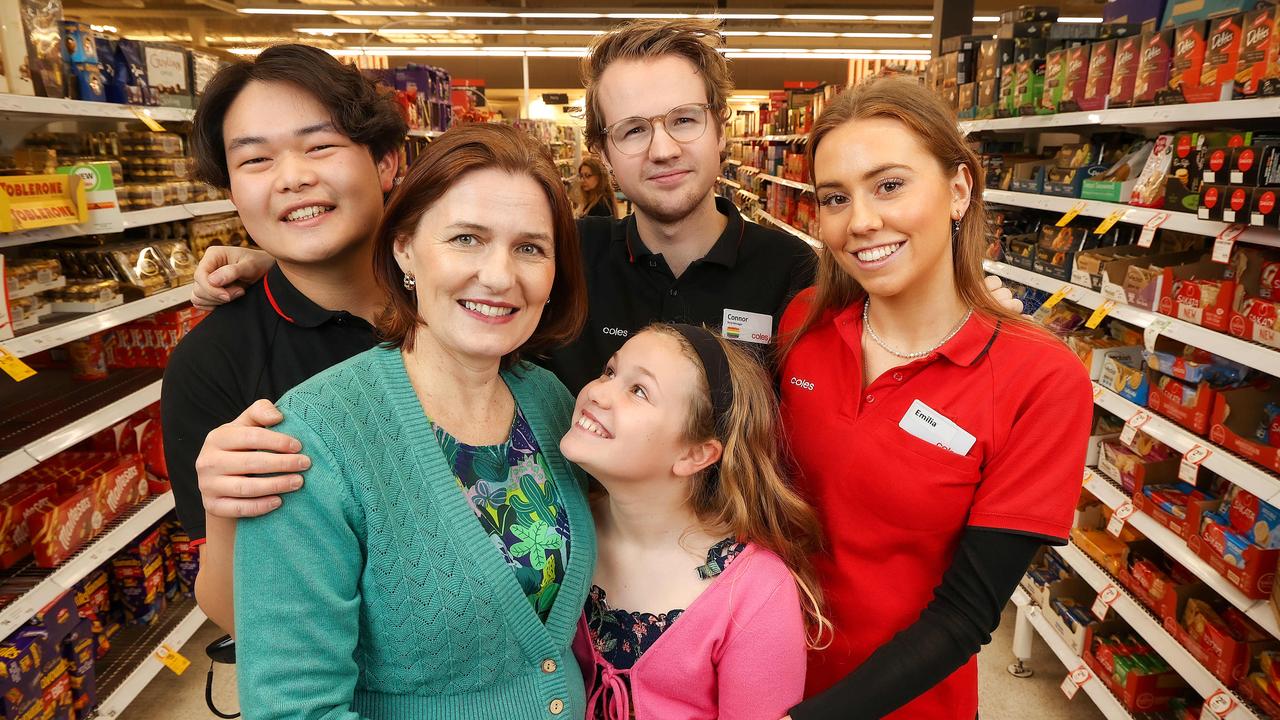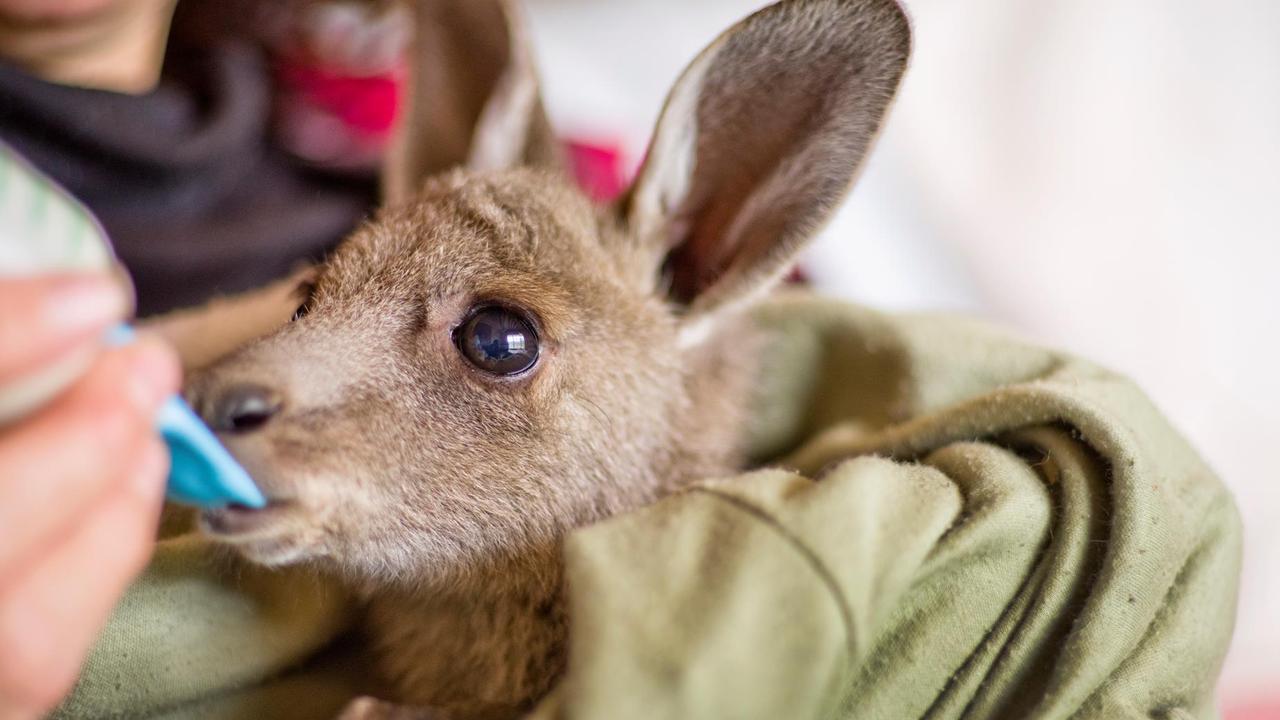Weird, wacky and fascinating claims to fame of Victorian towns
WHALES, whopper worms and a really tiny mountain — Victorian communities have some weird, wacky and downright fascinating claims to fame.
VIC News
Don't miss out on the headlines from VIC News. Followed categories will be added to My News.
WHALES, whopper worms and a really tiny mountain — Victorian communities have some weird and wacky claims to fame.
Some even fight for bragging rights, like the three Mallee towns that all lay claim to the title of our vanilla slice capital.
Here’s some quirky qualities that make these Victorian towns stand out from the pack.
WHAT’S YOUR TOWN KNOWN FOR? TELL US BELOW
Lake Boga: Catalina Flying Boats
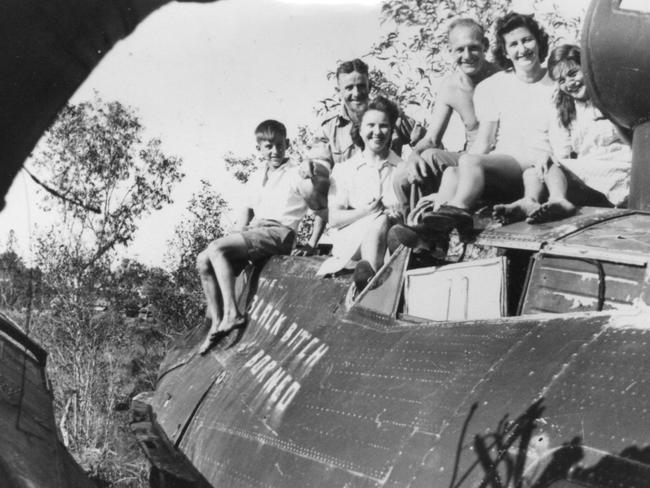
Lake Boga, near Swan Hill, was a quiet farming community with a gorgeous natural lake until the height of World War II, when the RAAF established the No. 1 Flying Boat Repair and Service Depot in 1942.
Japanese bombings in Broome had resulted in the loss of 16 Catalina Flying Boat amphibious aircraft, so the squadron was moved south to Victoria and was a major repair hub for all RAAF amphibious aircraft, particularly the Catalinas.
The depot closed in 1947, but it has been restored and is now home to the Flying Boat Museum, filled with period aeroplanes, military vehicles and memorabilia. A 75th anniversary celebration is planned for March 17 to 19 with loads of entertainment on the water and in the air.
Ouyen, Merbein and Birchip: Vanilla slices
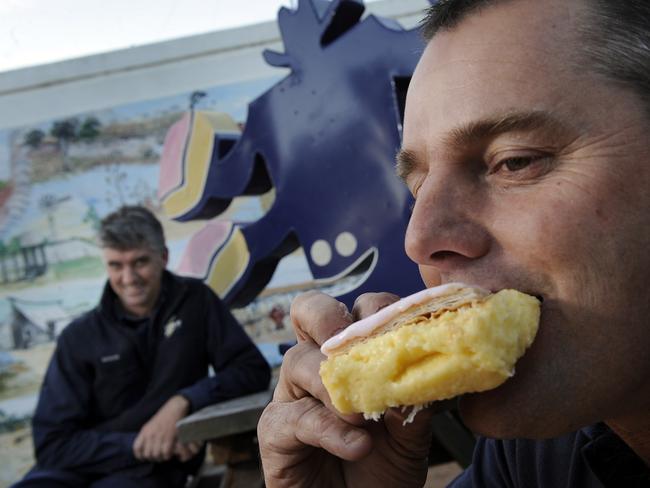
These three towns are among the pride of the Mallee, but it’s not all sweetness and light when it comes to vanilla slices.
Ouyen became Australia’s vanilla slice capital in the 1990s after then-premier Jeff Kennett vouched for the quality of the local product at an Ouyen bakery during a visit in the 1990s.
He even acted as a judge for the Great Australian Vanilla Slice Triumph.
After holding its great vanilla slice bake-off for 18 years, it handed the competition to Merbein, near Mildura.
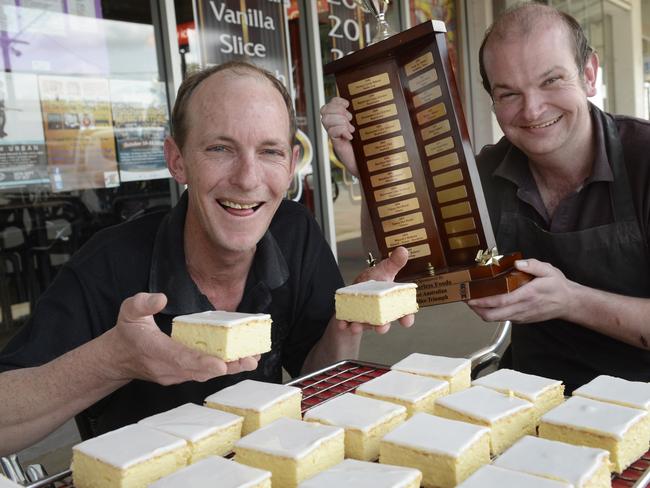
After five years in Merbein, the town handed the vanilla slice mantle to Birchip for 2017, way down in the southern Mallee, the home of regular bake-off winner Kevin Sharp, who grew up and did his baking apprenticeship in Merbein.
But a sticky mess ensued, with the denizens of Ouyen saying the bake-off was not Merbein’s to give away, that Ouyen Inc. owns the festival’s name and that the festival should remain in the north, within the Rural City of Mildura.
Warrnambool: Whales

Logans Beach at Warrnambool, on the wild west coast of Victoria, is a notable whale nursery.
Between June and September each year, female southern right whales come to the waters off the beach to calve, giving nature lovers an amazing, close-up view from specially constructed platforms on the dunes high above the sand.
It’s an incredible experience.
TOP 10 VICTORIAN COASTAL GETAWAYS
Loch: Gippsland Giant Earthworms
A small area along the Bass River valley in south Gippsland is home to the Gippsland Giant Earthworm.
They can grow to an average of 1m long and 2cm thick, but have been found to be up to 3m long.
Loch, right in the middle of the giant earthworm zone, has an interpretative display educating visitors about the huge, squirming locals.
The town inherited the mantle of giant earthworm fame from Bass, which had a giant earthworm museum until it shut in 2012.
WE LIKE ‘EM BIG: OUR SUPERSIZED ATTRACTIONS
Shepparton: Art Cows
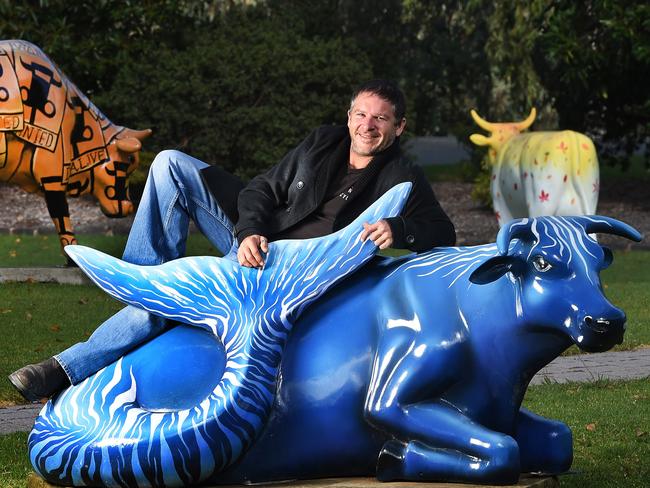
Yes, yes. Shepparton is famous for its fruit and vegetables and the SPC Ardmona cannery, but it’s also well known for its collection of brightly coloured fibreglass cows, grazing at various spots in Shepparton and neighbouring Mooroopna.
The life-size, anatomically correct cows are part of the Moooving Art Project, in which artist-in-residence Tank has been painting and repainting this ever-changing, stunning street-art homage to Shepparton’s dairy heritage.
Tallangatta: the town that moved
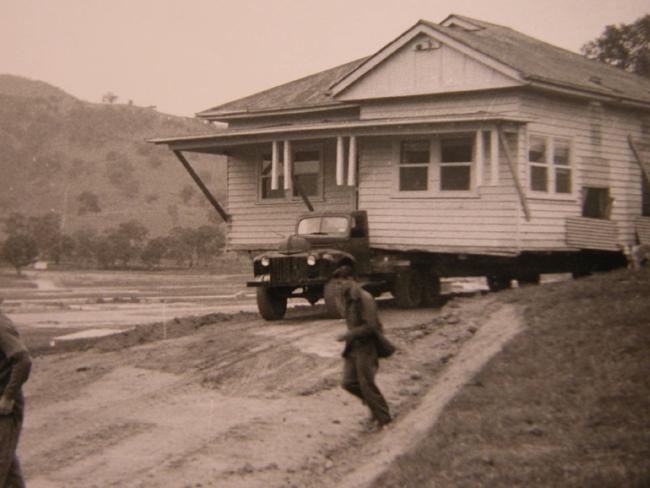
In the mid-1950s, Tallangatta moved from the banks of the Mitta Mitta River to higher ground 8km west to make way for a huge expansion of the Hume Dam.
Some buildings were relocated, but essentially Tallangatta is a time capsule of an ideal 1950s country town, and the local Towong Shire has put in loads of work in recent years to restore the towns public buildings, shopping strip, caravan park and other tourist facilities to encourage visitors to make the most of its picturesque lakeside location and draw new families to live in the town, about 40km east of Wodonga.
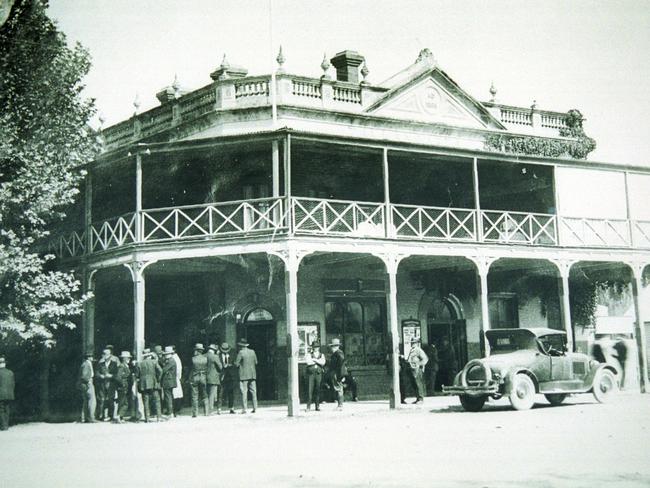
Tallangatta’s almost untouched 1950s charm caused the National Trust to name it as the second of its “significant towns” in Australia.
The other is Maldon, a delightfully unreconstructed old gold town in central Victoria.
VICTORIAN TOWN NAMES YOU’RE PRONOUNCING WRONG
Benalla: Weary Dunlop
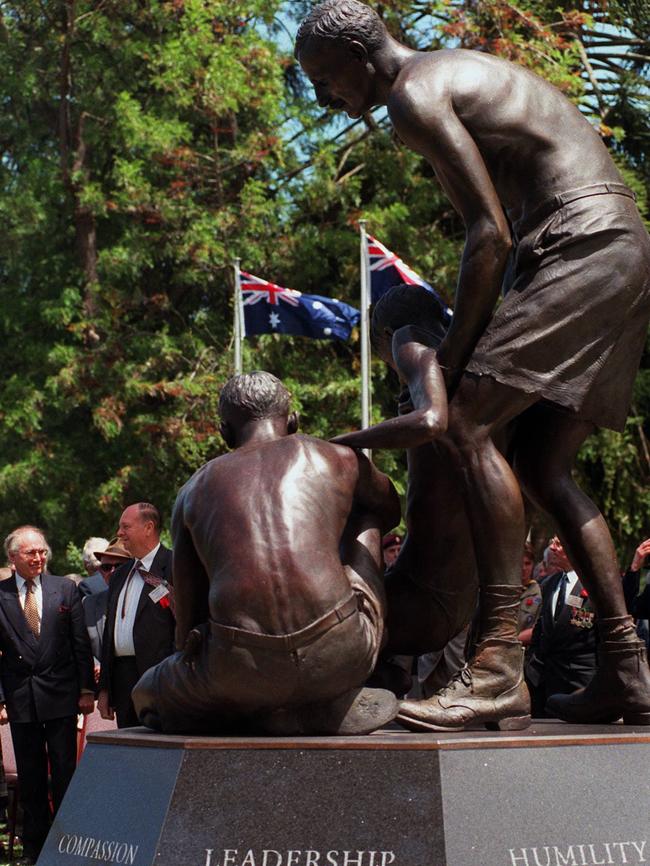
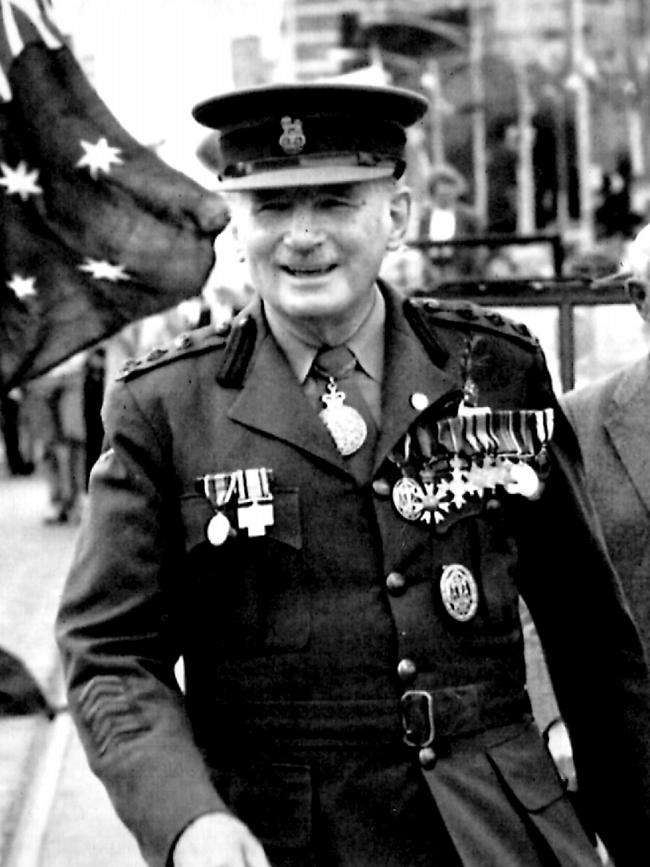
Benalla has had plenty of notable residents, including musicians Mary and Nick Seymour, fashion designer Prue Action and a host of VFL and AFL footballers, but its favourite son is surgeon and World War II POW Sir Edward “Weary” Dunlop.
Sir Edward joined the Australian Army Medical Corps in 1935 and had developed the army’s mobile surgical unit when he was captured in Java in 1942. He won the immense respect of fellow POWs running a series of prison camp and jungle hospitals in Java, at the Changi prison in Singapore and on the hellish Thai-Burma Railway. A statue of Sir Edward stands in the town’s botanic gardens.
Sorrento: Victoria’s first settlement
Sorrento isn’t just a charming seaside village. Just up the Point Nepean Road at Sullivan Bay, Victoria’s first and only convict settlement, forever allowing South Australians to boast that theirs was the only Australian colony untouched by convicts.
More than 30 years before John Batman’s party established Melbourne on the banks of the Yarra, a party from Van Diemen’s Land led by lieutenant Governor David Collins established the new colony in October 1803 following a detailed survey of Port Phillip by Charles Grimes.
The tent village of Port Phillip sprung up overnight, housing about 400 people in all, but foundered for lack of fresh water. It was abandoned in May 1804, leaving behind escaped convict William Buckley, who met Batman’s party in 1835.
Virtually no physical evidence exists today that Collins and his party was ever there.
Clunes and Warrandyte: Gold
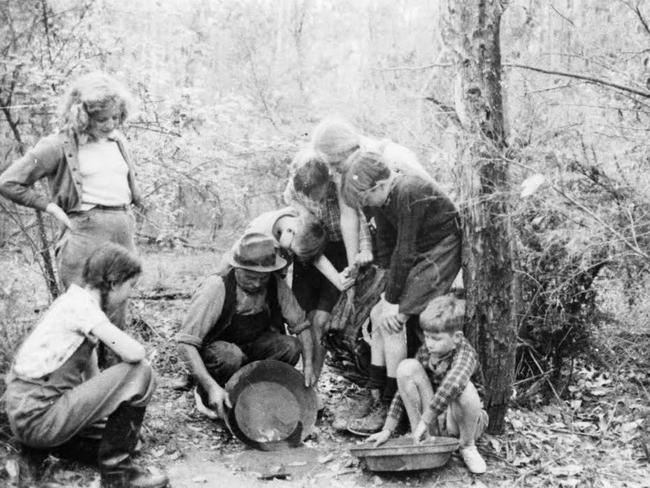
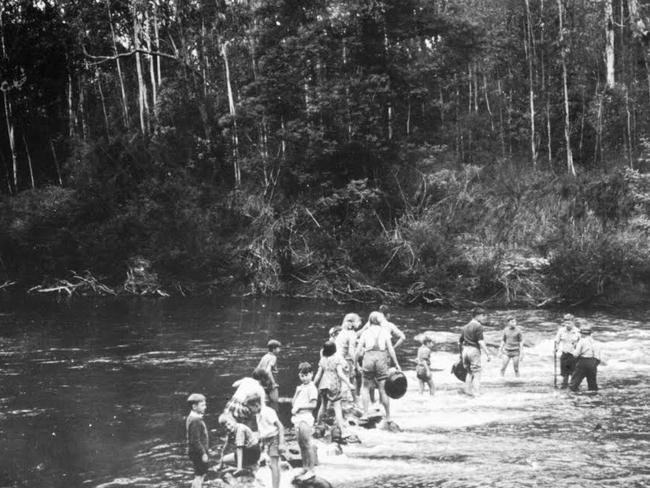
Victoria has many gold towns, but two claim to be the first — Clunes, between Ballarat and Maryborough, and Warrandyte, down by the Yarra in Melbourne’s outer east.
Both have monuments to their respective finds in 1851.
Clunes: Books

Clunes was named the southern hemisphere’s first international booktown in 2012 and is part of the International Organisation of Booktowns.
The Clunes Booktown Festival happens each May, with dozens of book retailers descending on the little goldfields town’s wide streets to sell their wares, while Booktown on Sundays events occur on the third Sunday of every month, in which prominent writers come to town for a public chat about their works.
Bendigo: Dragon City
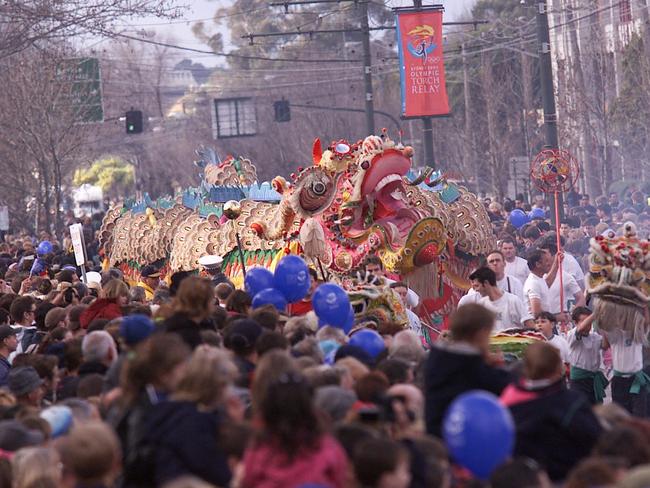
Chinese settlers came to Bendigo in their thousands during the gold rush and brought many traditions with them, including an imperial Chinese dragon, named Loong.
The first Bendigo Easter Fair, as it was then known, was held in 1871 and in 1879, when Chinese community joined in.
Loong, now the world’s oldest imperial Chinese dragon, became the star of the Easter fair in 1892 and, ever since, a dragon has held pride of place.
Loong, “dragon” in Cantonese, was showing his age by the 1960s and was replaced by Sun Loong (New Dragon), the world’s longest imperial Chinese dragon at more than 100m, in 1970.
At Hargreaves Mall in the CBD sits Fun Loong, a dragon playground that breathes a smoke-like fine mist of water through its nostrils.
Fundraising has begun to replace Sun Loong with a new dragon, Dai Gum Loong (Big Gold Dragon).
Loong, Sun Loong, a host of smaller dragons and fascinating showing the importance of Chinese culture in Bendigo are on display at the city’s Golden Dragon Museum. Sun Loong will appear in the Easter festival parade on Easter Sunday.
Torquay: Surfing culture
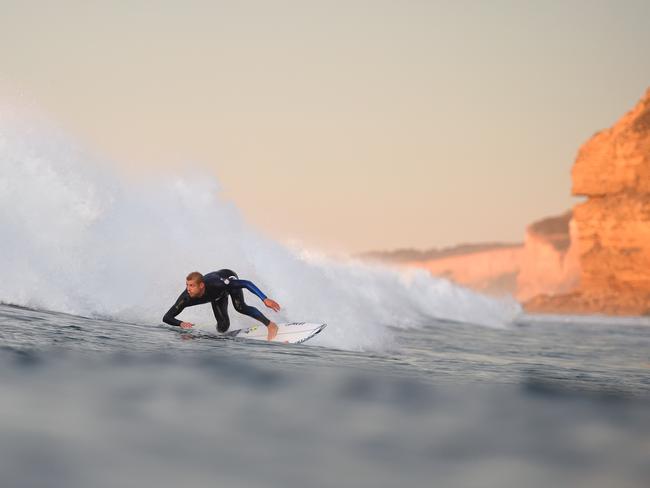
Surf’s up at Torquay, home to the world’s oldest professional surfing event and some of the world’s leading surf equipment and apparel companies.
The Surf World Museum captures the town’s connection too surfing’s sporting and cultural traditions and the headquarters of manufacturers Rip Curl and Quiksilver are right nearby.
Bells Beach hosts the Rip Curl Bells Beach Pro, the longest running surf contest in the world and the oldest professional surfing tournament in the world.
The 56th running of the Bells Beach Pro is coming up in April.
Sunbury: The Ashes
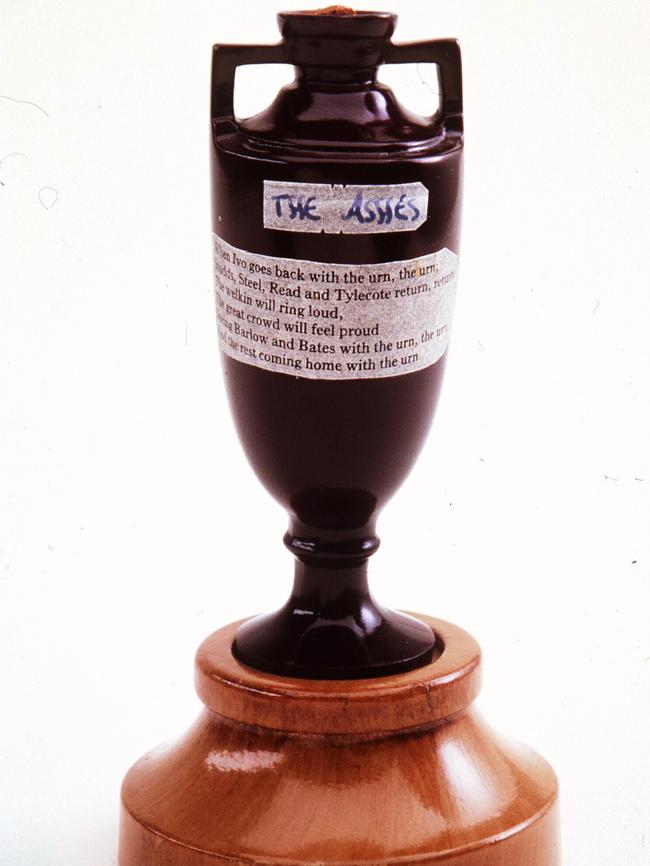
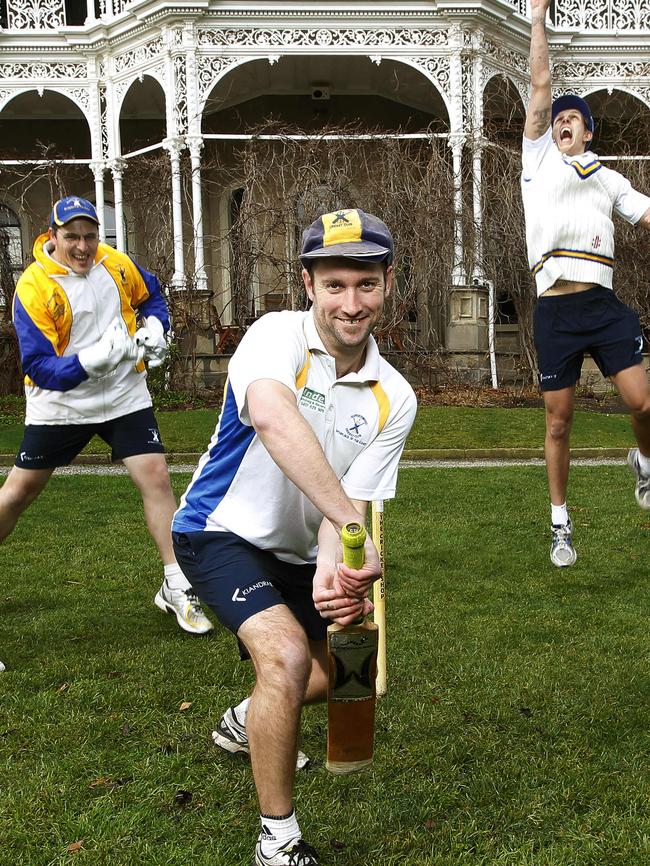
Landowner Sir William Clarke completed the lavish Rupertswood Mansion in 1876 and, six years later, hosted a visiting English cricket team for a friendly match. The Poms won and Lady Janet Clarke presented English captain Ivo Bligh with a small ceramic urn containing the ashes of a bail burnt following the match.
What’s your town famous for? Tell us in the comments below.
The original urn is now preserved by the Marylebone Cricket Club at Lord’s in London, but it has since fuelled the Test cricket battles between England and Australia, one of the world’s oldest and most intense sporting rivalries.
Harcourt: Apples
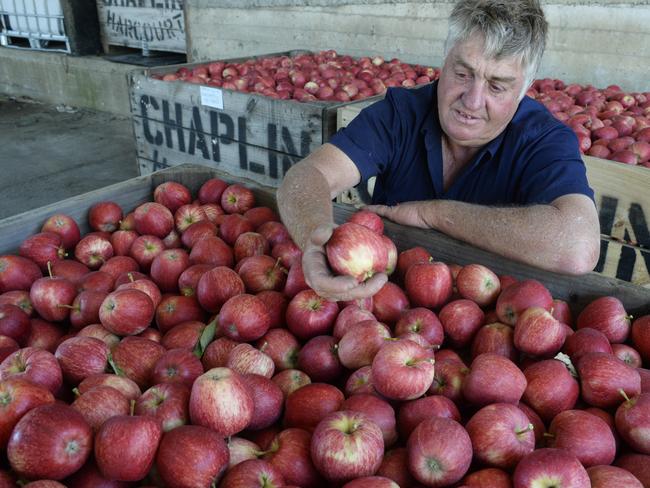
There are plenty of places in Victoria that grow apples, but only Harcourt claims to be the “apple centre of Victoria.”
The fertile Harcourt Valley, in the shadow of Mount Alexander northwest of Melbourne, is covered with orchards, cideries and, rather conveniently, some terrific wineries.
The Harcourt Applefest each March celebrates the humble apple with street parades, carnival-style fun and great local food, wine, beer and (naturally) cider. This year’s Applefest is coming up on Saturday, March 11.
Maryborough: its railway station
Victoria’s gold rush caused an explosion of grand public buildings in the newly founded boom towns.
Maryborough never quite grew to fit its sprawling railway station. In 1895, American writer and humorist Mark Twain visited Maryborough on his Australian tour, and wrote of the station:
“Don’t you overlook that Maryborough station, if you take an interest in governmental curiosities. Why, you can put the whole population of Maryborough into it, and give them a sofa apiece, and have room for more. You haven’t 15 stations in America that are as big, and you probably haven’t five that are half as fine. Why, it’s perfectly elegant,” he wrote.

“And the clock! Everybody will show you the clock. There isn’t a station in Europe that’s got such a clock. It doesn’t strike - and that’s one mercy. It hasn’t any bell; and as you’ll have cause to remember, if you keep your reason, all Australia is simply bedamned with bells.”
Wycheproof: the world’s lowest mountain
It’s no Everest. It’s not even a Kosciuszko or a Bogong. Hell, it’s not even a Punt Road Hill, but Mount Wycheproof has put the town at the base of its not-so-lofty slopes on the map.
It’s claimed as the world’s lowest registered mountain — just 148m above sea level and a mere 43m above the plain below.
Unusually, the town, has a railway line up the middle of the main street, Broadway.
Towns with big stuff
Following the great Australian tradition, Victoria has its fair share of “big” landmarks — and a few are quite surprising.
There’s Swan Hill’s Big Murray cod, for a start, down by the town’s railway station.
Cowes, on Phillip Island, has its Big Koala but it has big competition in Dadswells Bridge, which has its Giant Koala overlooking the Western Highway and a motel.

The Big Ned Kelly Towers over both the main street of Glenrowan, a stone’s throw from the scene of the Kelly Gang’s last stand, and over a golf park on the outskirts of Ballarat.
The Big Wool Bales are the pride of the Western District’s biggest industry in Hamilton.
Churchill in the Latrobe Valley, named after wartime British Prime Minister Winston Churchill, has the Big Cigar in honour of one of Churchill’s favourite vices.
Red Cliffs, near Mildura, has Big Lizzie, an enormous steam-powered tractor used to clear Mallee scrub from the region’s fertile soils around the turn of the 20th century.
Up in Rutherglen, known for its red wines, there’s the Big Wine Bottle, a water tower shaped like a bottle that, thanks to its rusty colour, looks like a giant bottle of Rutherglen red.
@JDwritesalot

